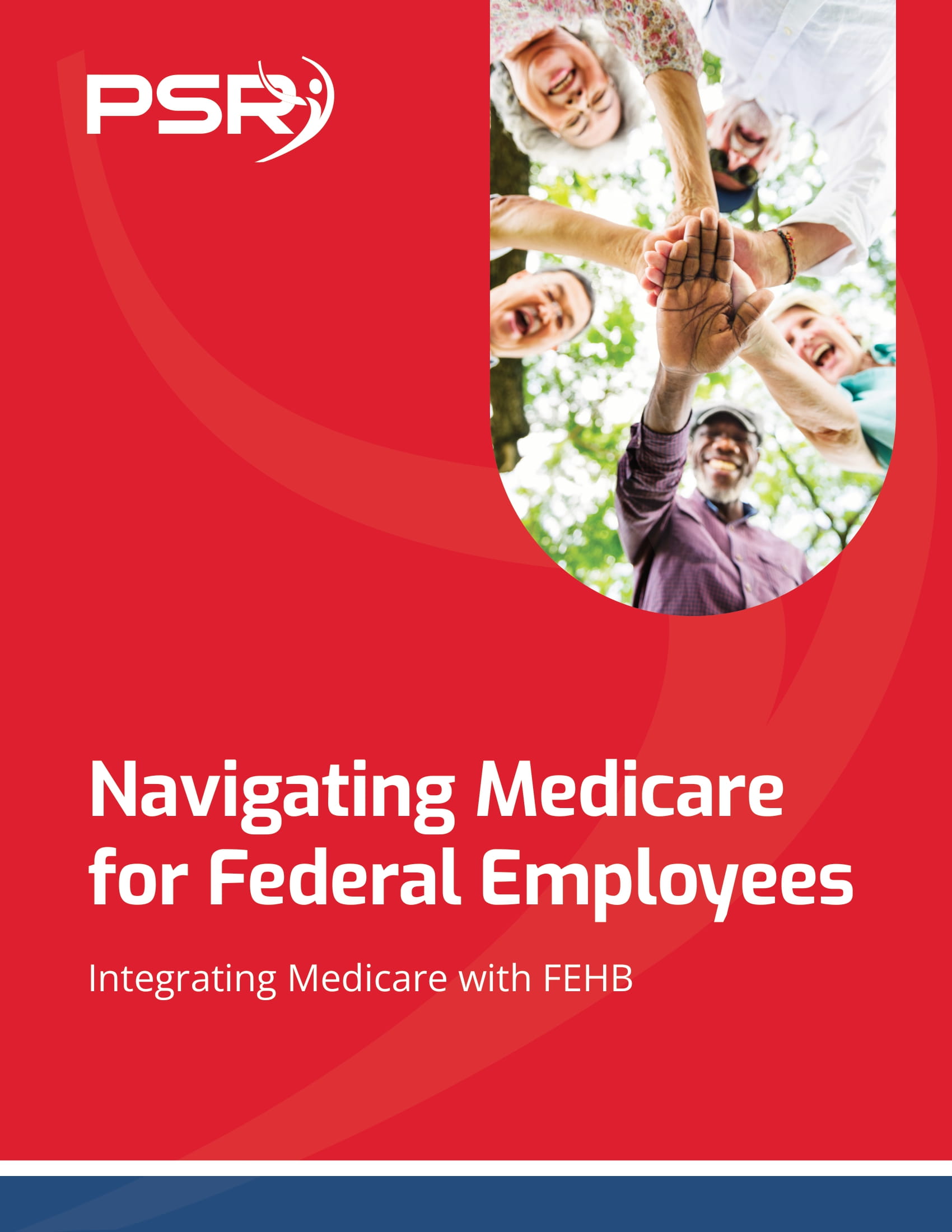FEHB Plan Comparison: How to Choose the Best Health Plan for Federal Employees
The Federal Employees Health Benefits (FEHB) Program offers a wide variety of health insurance plans for federal employees, retirees, and their families. With numerous options to choose from, selecting the right FEHB plan can feel overwhelming. To make the best decision, it’s important to compare the available plans based on cost, coverage, provider networks, and other factors that impact your healthcare needs. Understanding the differences between plans will help you select the one that provides the best balance of benefits and affordability for you and your family.
This guide will provide a detailed overview of how to compare FEHB plans, the tools available for plan comparison, and key considerations when selecting the right health plan.
Comparing FEHB Plans: Key Factors to Consider
When comparing FEHB plans, it’s important to look at several factors that can affect both your out-of-pocket costs and the level of healthcare coverage you receive. Some of the most important considerations include plan premiums, deductibles, co-pays, coverage networks, and prescription drug coverage.
Key Factors to Compare:
- Plan Premiums: Monthly premiums vary depending on the plan you choose. It’s important to balance the cost of premiums with the overall coverage provided. Some plans may have lower premiums but higher out-of-pocket costs, while others offer more comprehensive coverage for a higher monthly premium.
- Deductibles and Co-Pays: Look at the deductibles (the amount you must pay before your insurance starts to cover costs) and co-pays (the fixed amount you pay for services like doctor visits or prescriptions). High-deductible health plans (HDHPs) may have lower premiums but require you to pay more out of pocket before coverage kicks in.
- Provider Networks: Consider the provider network for each plan. If you have specific doctors or hospitals you prefer, make sure they are included in the plan’s network. Some plans, like PPOs, offer greater flexibility in choosing providers, while others, like HMOs, may have more restrictive networks.
- Prescription Drug Coverage: Prescription drug costs can vary significantly between plans. Make sure to compare the FEHB plan prescription benefits to ensure that the medications you take regularly are covered at an affordable rate.
Using an FEHB health plan comparison tool can help you evaluate these factors side by side and make an informed decision.
FEHB Plan Comparison Tools and Resources
Federal employees and retirees can access a range of tools to compare FEHB plans and find the one that best meets their needs. These tools allow you to input your healthcare usage, compare premiums and out-of-pocket costs, and review plan networks.
Recommended FEHB Plan Comparison Tools:
- FEHB Plan Comparison Tool (OPM): The Office of Personnel Management (OPM) provides a comprehensive tool that allows you to compare different FEHB plans based on your location, healthcare needs, and family size. This tool provides details on plan premiums, coverage options, and out-of-pocket costs.
- FEHB Plan Comparison Calculator: Some online resources offer calculators that help you estimate your total annual healthcare costs based on the plan’s premiums, deductibles, and coverage details.
- FEHB Plan Comparison Chart: OPM and other websites offer comparison charts that show key differences between FEHB plans, including premium costs, coverage for specific services, and network sizes.
By using these FEHB plan comparison tools, you can find the best plan for your budget and healthcare needs.
Best FEHB Plan Options: What to Look For
Choosing the best FEHB plan depends on your individual healthcare needs and preferences. Some employees may prioritize lower premiums, while others may look for plans with more extensive coverage or broader provider networks. During FEHB open season, federal employees have the opportunity to switch plans or adjust their coverage based on their evolving needs.
Common FEHB Plan Options:
- High Deductible Health Plans (HDHPs): HDHPs have lower premiums but require you to pay more out of pocket before insurance kicks in. These plans are often paired with Health Savings Accounts (HSAs), which allow you to save pre-tax dollars for medical expenses. HDHPs are a good option for individuals who are generally healthy and want to save on premiums.
- Standard vs. High Option Plans: FEHB plans typically come in standard and high options. High option plans have higher premiums but provide lower out-of-pocket costs and more comprehensive coverage. Standard option plans may be a good choice for those looking to save on monthly premiums while still receiving adequate coverage.
- Self-Only vs. Family Plans: If you’re covering only yourself, a self-only plan may be more cost-effective. However, if you need to cover your spouse and dependents, a family plan is essential. Comparing FEHB family vs. self-only plan options can help you determine the most affordable coverage for your household.
Understanding the pros and cons of each FEHB plan option allows you to make a well-informed decision that balances your healthcare needs and financial considerations.
FEHB Plan Cost Comparison: Premiums and Out-of-Pocket Costs
One of the most important factors to consider when comparing FEHB plans is the total cost, which includes both monthly premiums and out-of-pocket expenses like deductibles, co-pays, and coinsurance. Depending on your healthcare needs, you may prefer a plan with higher premiums but lower out-of-pocket costs, or vice versa.
Key Cost Factors to Compare:
- Premiums: Premiums vary widely between plans, with some plans offering low monthly premiums but higher out-of-pocket costs when you receive care. Others may have higher premiums but cover a greater portion of your healthcare expenses.
- Deductibles: Deductibles represent the amount you must pay out of pocket before your insurance starts covering expenses. Plans with lower premiums often come with higher deductibles, so it’s important to calculate how much you expect to spend on healthcare in a year to determine if a higher deductible plan is cost-effective.
- Out-of-Pocket Maximums: Each plan has an out-of-pocket maximum, which is the most you will pay in a year before the plan covers 100% of your healthcare costs. A lower out-of-pocket maximum can be beneficial if you anticipate needing significant medical care.
By using a FEHB plan cost comparison tool or calculator, you can estimate your total healthcare expenses under different plans and find the best balance between premiums and out-of-pocket costs.
FEHB Open Season Plan Comparison
FEHB Open Season is the annual period when federal employees and retirees can enroll in a health plan or make changes to their existing coverage. During open season, it’s essential to review your current plan and compare it to other available options to ensure you’re getting the best value.
Key Considerations During Open Season:
- Changes in Coverage: Health needs can change over time, and so can FEHB plans. It’s important to review any changes in your current plan’s coverage, premiums, or network and compare it to other options.
- Plan Networks: If you’ve moved or changed healthcare providers, you may need to switch to a plan that has a network that better suits your needs. Compare FEHB plan networks to ensure that your preferred doctors and hospitals are included.
- Prescription Drug Coverage: If you’re taking new medications, it’s important to review each plan’s prescription drug coverage to ensure that your prescriptions are covered affordably.
By comparing FEHB plans during open season, you can make sure that your plan still meets your needs or find a new plan that better fits your current circumstances.
FEHB High Deductible vs. Standard Plans
High deductible health plans (HDHPs) and standard plans are two of the most common options in the FEHB program. Each type of plan offers different benefits, and the right choice depends on your healthcare usage and financial priorities.
HDHPs vs. Standard Plans:
- HDHPs: These plans typically have lower premiums but higher deductibles, meaning you’ll pay more out of pocket before your insurance starts covering costs. HDHPs are often paired with Health Savings Accounts (HSAs), which allow you to save pre-tax dollars for medical expenses. HDHPs can be a good option for those who don’t anticipate needing frequent medical care.
- Standard Plans: Standard FEHB plans typically have higher premiums but lower deductibles, making them a better option for individuals or families who expect to need regular medical services throughout the year.
When deciding between an FEHB high deductible vs. standard plan, consider your healthcare needs, how often you visit the doctor, and whether you have the financial flexibility to cover higher deductibles in exchange for lower monthly premiums.
How to Choose the Best FEHB Plan for Your Needs
Selecting the best FEHB plan requires careful consideration of your healthcare needs, financial situation, and provider preferences. By comparing plans based on premiums, deductibles, coverage networks, and prescription drug benefits, you can find a plan that offers the best value for you and your family. Utilizing FEHB plan comparison tools and reviewing your options during open season are essential steps in ensuring you have the right coverage.
If you’re unsure which plan is best for you, consider speaking with a federal health benefits advisor. Advisors can help you navigate the plan options, explain coverage details, and guide you through the process of selecting the best FEHB plan.
Search for Public Sector Retirement Expert.
Receive the Best advice.
PSR Experts can help you determine if Public Sector Retirement is right for you or if you should look for alternatives.
The Best Advice creates
the best results.
Search for Public Sector Retirement Expert.
Receive the Best advice.
PSR Experts can help you determine if Public Sector Retirement is right for you or if you should look for alternatives.
The Best Advice creates
the best results.
Recent Articles

Divorce and Your Federal Pension—What Happens When You Split Assets and How It Could Affect Your TSP
Key Takeaways Divorce can significantly impact your federal pension


The Best FEHB Plans for 2025: Which One Fits Your Lifestyle and Budget the Best?
Key Takeaways: Understanding your healthcare needs and budget is

Special Retirement Options for FAA and LEO Employees: Are You Taking Advantage of What’s Available?
Key Takeaways: FAA and LEO employees have exclusive retirement




